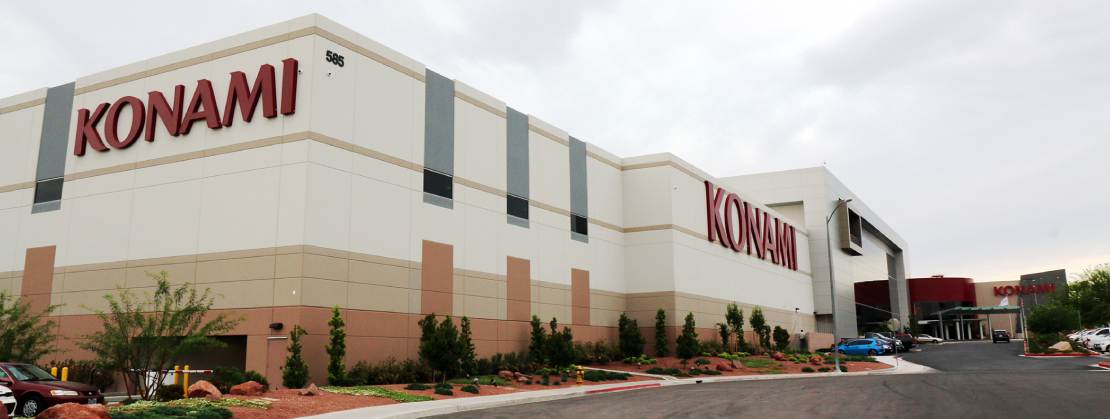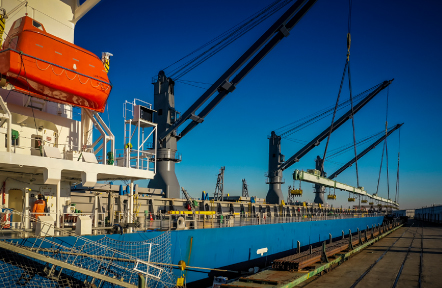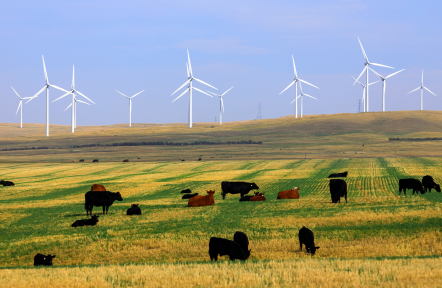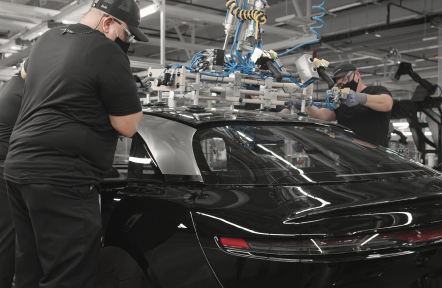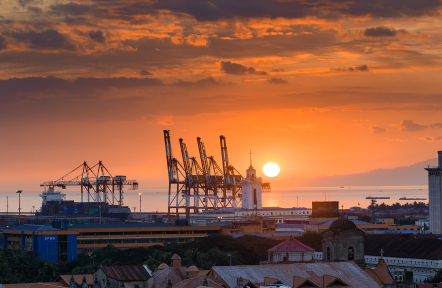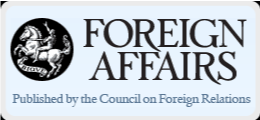How did twenty-first-century Russia end up, yet again, in personal rule? An advanced industrial country of 142 million people, it has no enduring political parties that organize and respond to voter preferences. The military is sprawling yet tame; the immense secret police are effectively in one man’s pocket. The hydrocarbon sector is a personal bank, and indeed much of the economy is increasingly treated as an individual fiefdom. Mass media move more or less in lockstep with the commands of the presidential administration. Competing interest groups abound, but there is no rival center of power. In late October 2014, after a top aide to Russia’s president told the annual forum of the Valdai Discussion Club, which brings together Russian and foreign experts, that Russians understand “if there is no Putin, there is no Russia,” the pundit Stanislav Belkovsky observed that “the search for Russia’s national idea, which began after the dissolution of the Soviet Union, is finally over. Now, it is evident that Russia’s national idea is Vladimir Vladimirovich Putin.”?
Russia is classified as a high-income economy by the World Bank (having a per capita GDP exceeding $14,000). Its unemployment remains low (around five percent); until recently, consumer spending had been expanding at more than five percent annually; life expectancy has been rising; and Internet penetration exceeds that of some countries in the European Union. But Russia is now beset by economic stagnation alongside high inflation, its labor productivity remains dismally low, and its once-vaunted school system has deteriorated alarmingly. And it is astonishingly corrupt. Not only the bullying cent...


